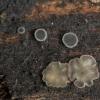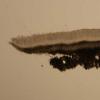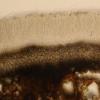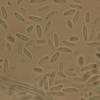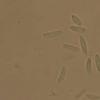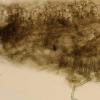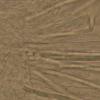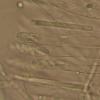
12-11-2025 09:25
 Viktorie Halasu
Viktorie Halasu
Hello, I need help with a pale terrestric Pseudom

11-11-2025 20:16
Bohan JiaHi, lastly I have found these tiny yellow decayin

09-11-2025 13:20
Hello.A tiny ascomycete, appearing as erupting gra

08-11-2025 00:29
 Francois Guay
Francois Guay
I found this species in Quebec, Canada, on herbace

04-11-2025 09:07
Hello.A suspected Hymenoscyphus sprouting on a thi
 Mollisia
MollisiaHello,
please, how would you determine this Mollisia?
- on deciduous wood (Salix and Alnus are the most common trees in the locality)
- asci IKI bb, 8-spored, arising from croziers, 71-92 x 6-7.6 µm
- ascospores (7.3)8.4–10.1(10.9) × (2.3)2.5–2.9(3.1) µm, Q = (2.6)3–3.6 (4), Me = 9.1 × 2.7 µm; Qe = 3.3
- aseptate, OCI = 1-1.5
- KOH reaction negative
- subhymenium consisting of hyaline hyphae
- marginal cells about 15-20 µm long
In the key by Andreas Gminder, my first problem appears at the point 25. Cells of the ectal excipulum are not brown only at the base, but also not "up to the margin" - the most marginal cells are hyaline.
If chosing „brownish only at the base", the best fitting is M. benesuada.
If chosing „brownish up to the margin", I cannot decide again whether to choose „oil content 0(+)" or „oil content ca 2" (I would say my specimen has oil content between 1 and 1.5). If following OCl = 0, the best choice is M. cinerea. But the spores in my fungus definitely aren´t missing oil...
If jumping on „oil content 2", I cannot choose anything which would fit well.
Thanks, Zuzana


thank you for your answer.
The excipulum had a green tinge after applying 5% KOH (the green colour is mentioned in the key in M. olivaceocinerea with NH4OH).
Best, Zuzana

